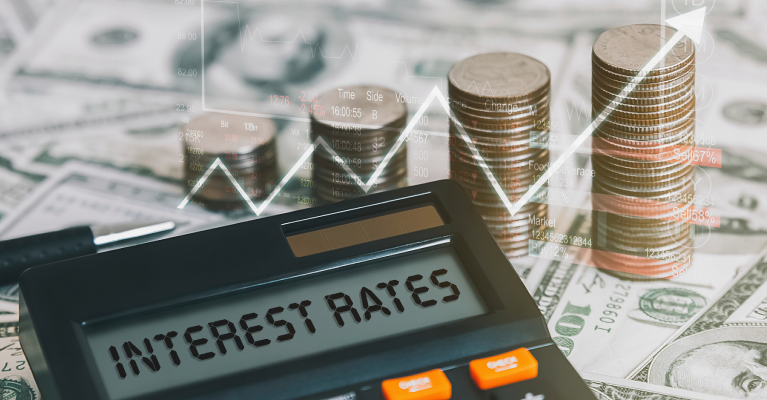A stock market crash is simply a sharp downturn in prices that can happen swiftly and often with no notice. They have happened for centuries, and we will continue to experience them. A decline of 30%-40% is not unprecedented and can invoke fear, causing us to act unlike ourselves. We may even inadvertently throw our financial plans off track, which is where a good financial adviser can be invaluable.
Here are six things to keep in mind to protect your retirement savings from an eventual slump.
- Stay Calm: Humans are emotional creatures and we may not always respond clearly to stress. In what is known as an “amygdala hijack,” our brain will activate a fight-or-flight response, causing us to act irrationally. In the event of a downturn, take note of your emotions and wait until you feel calmer before you proceed to do anything drastic, such as selling everything or withdrawing your portfolio. A quick call with a trusted adviser may help you regain your composure.
- Diversify: The stock market is just one of several asset classes that should be part of your overall portfolio. It’s these other asset classes, such as fixed income and real estate, that will be less correlated with the stock market and help dampen any losses. For example, in 2008 when the stock market fell 36%, bonds were positive for the year. Having a diversified basket is a simple and quick way to mitigate dramatic downturns.
- Plan Accordingly: If you expect a sizable expenditure soon, such as a vacation or home renovation, there’s nothing wrong with raising the cash now so that you have it at the ready. It’s certainly possible you miss out on some market upside, but it’s better than needing to sell when prices are at a low. Selling at a bottom also precludes you from participating as much in any rebound.
- Think Long Term: When you look at historic stock market performance over a long time period, the trend is positive. On average, the market returns are 8-10%. But this is an average, so there will be negative years. It is also important to note the difficulty in timing the market. Not only would you need to know when to sell, but you would also need to know when to buy back in. This is a fool’s errand and you would likely be better served just staying invested.
- Rebalance: With a diversified portfolio, some asset classes will fare better than others. When one declines and another increases, it’s a perfect opportunity to rebalance, trimming the winners and buying the losers at a now cheaper price. An adviser can help ensure that this is done in the most tax efficient manner.
- Look for Upside: If you are still working, keep contributing to your retirement plan. You will be buying stocks “on sale” at discounted prices, also known as “buying the dip.” If you have a taxable account, realizing losses will help offset tax liabilities elsewhere, and may even be carried forward to future years. And if you have a traditional IRA, consider a Roth conversion, where you will owe taxes on the conversion but at a depressed value.
Stock market crashes are inevitable and it’s anyone’s guess when the next one will happen. But they are nothing to be feared if you plan accordingly. Working with a financial adviser can provide peace of mind so that when another one strikes, your goals will remain on track.

Helping you boost your financial intelligence.
Read our financial resources from your friends at WSFS.




